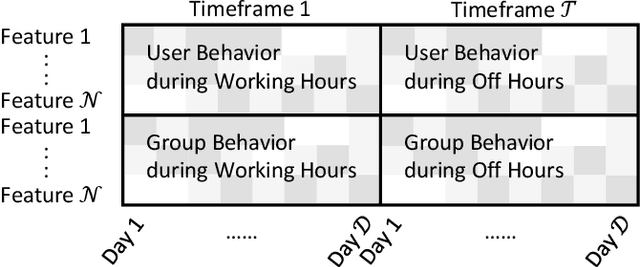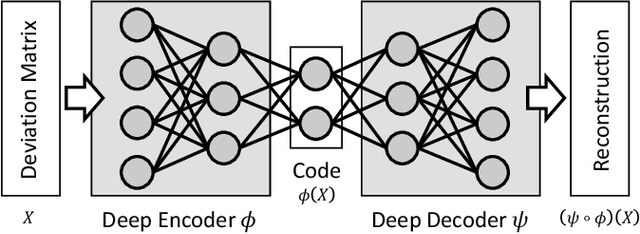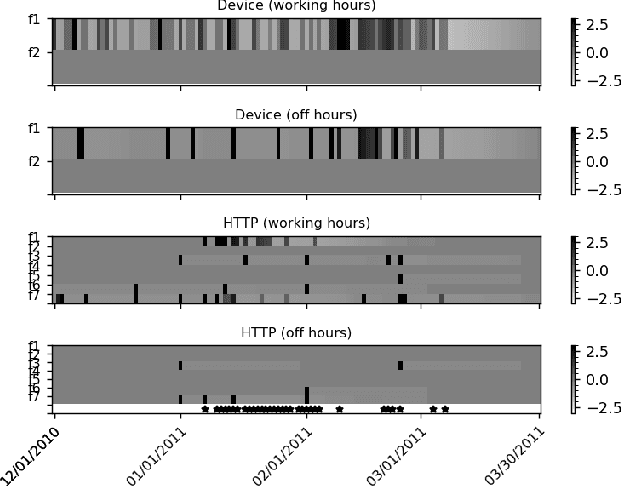Euijin Choo
Lost in Edits? A $λ$-Compass for AIGC Provenance
Feb 05, 2025



Abstract:Recent advancements in diffusion models have driven the growth of text-guided image editing tools, enabling precise and iterative modifications of synthesized content. However, as these tools become increasingly accessible, they also introduce significant risks of misuse, emphasizing the critical need for robust attribution methods to ensure content authenticity and traceability. Despite the creative potential of such tools, they pose significant challenges for attribution, particularly in adversarial settings where edits can be layered to obscure an image's origins. We propose LambdaTracer, a novel latent-space attribution method that robustly identifies and differentiates authentic outputs from manipulated ones without requiring any modifications to generative or editing pipelines. By adaptively calibrating reconstruction losses, LambdaTracer remains effective across diverse iterative editing processes, whether automated through text-guided editing tools such as InstructPix2Pix and ControlNet or performed manually with editing software such as Adobe Photoshop. Extensive experiments reveal that our method consistently outperforms baseline approaches in distinguishing maliciously edited images, providing a practical solution to safeguard ownership, creativity, and credibility in the open, fast-evolving AI ecosystems.
Unsupervised Parameter-free Outlier Detection using HDBSCAN* Outlier Profiles
Nov 13, 2024Abstract:In machine learning and data mining, outliers are data points that significantly differ from the dataset and often introduce irrelevant information that can induce bias in its statistics and models. Therefore, unsupervised methods are crucial to detect outliers if there is limited or no information about them. Global-Local Outlier Scores based on Hierarchies (GLOSH) is an unsupervised outlier detection method within HDBSCAN*, a state-of-the-art hierarchical clustering method. GLOSH estimates outlier scores for each data point by comparing its density to the highest density of the region they reside in the HDBSCAN* hierarchy. GLOSH may be sensitive to HDBSCAN*'s minpts parameter that influences density estimation. With limited knowledge about the data, choosing an appropriate minpts value beforehand is challenging as one or some minpts values may better represent the underlying cluster structure than others. Additionally, in the process of searching for ``potential outliers'', one has to define the number of outliers n a dataset has, which may be impractical and is often unknown. In this paper, we propose an unsupervised strategy to find the ``best'' minpts value, leveraging the range of GLOSH scores across minpts values to identify the value for which GLOSH scores can best identify outliers from the rest of the dataset. Moreover, we propose an unsupervised strategy to estimate a threshold for classifying points into inliers and (potential) outliers without the need to pre-define any value. Our experiments show that our strategies can automatically find the minpts value and threshold that yield the best or near best outlier detection results using GLOSH.
Time-Window Group-Correlation Support vs. Individual Features: A Detection of Abnormal Users
Dec 27, 2020



Abstract:Autoencoder-based anomaly detection methods have been used in identifying anomalous users from large-scale enterprise logs with the assumption that adversarial activities do not follow past habitual patterns. Most existing approaches typically build models by reconstructing single-day and individual-user behaviors. However, without capturing long-term signals and group-correlation signals, the models cannot identify low-signal yet long-lasting threats, and will wrongly report many normal users as anomalies on busy days, which, in turn, lead to high false positive rate. In this paper, we propose ACOBE, an Anomaly detection method based on COmpound BEhavior, which takes into consideration long-term patterns and group behaviors. ACOBE leverages a novel behavior representation and an ensemble of deep autoencoders and produces an ordered investigation list. Our evaluation shows that ACOBE outperforms prior work by a large margin in terms of precision and recall, and our case study demonstrates that ACOBE is applicable in practice for cyberattack detection.
 Add to Chrome
Add to Chrome Add to Firefox
Add to Firefox Add to Edge
Add to Edge